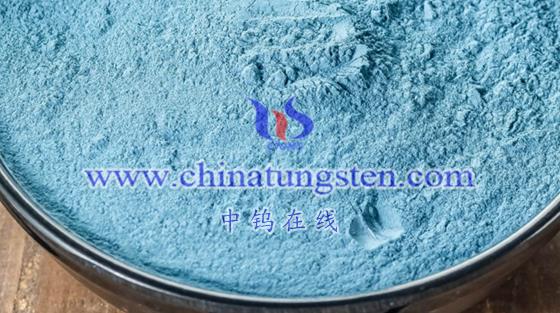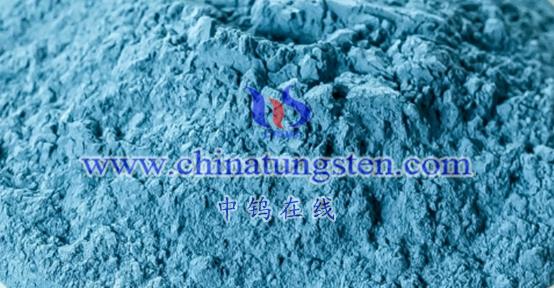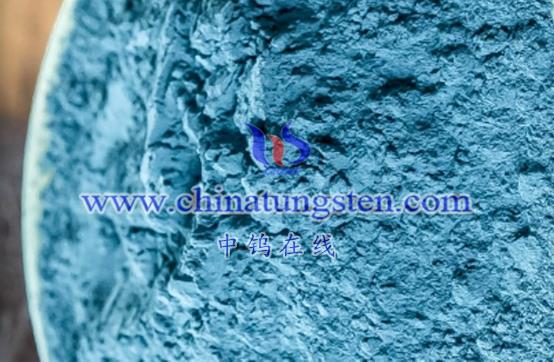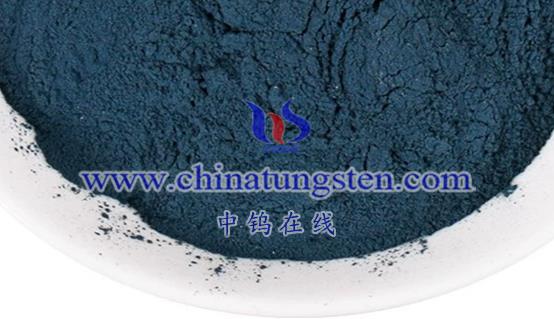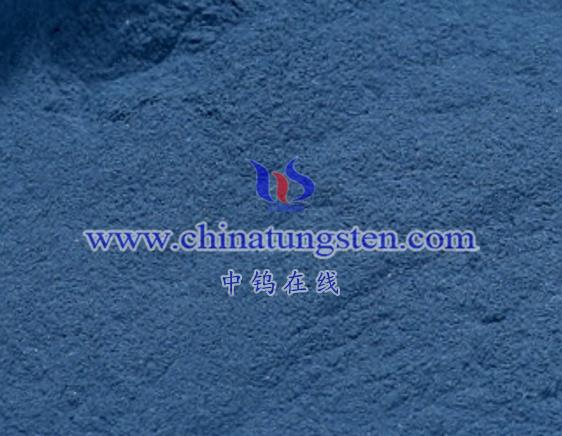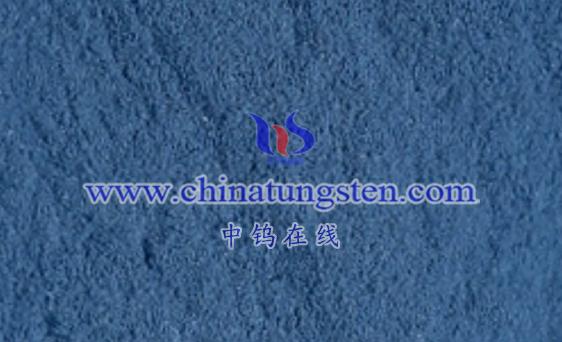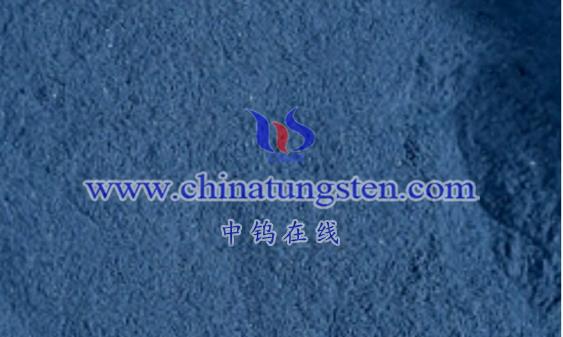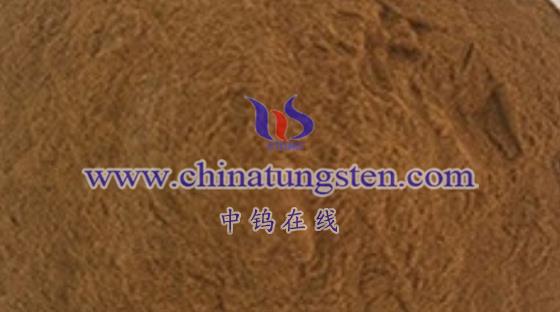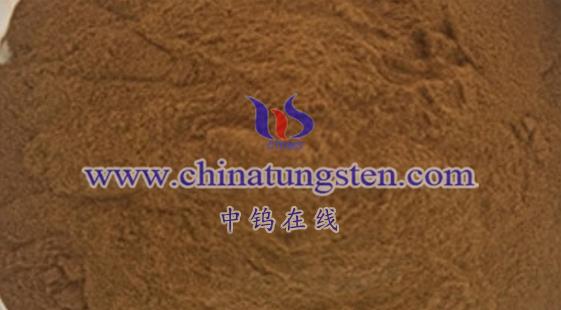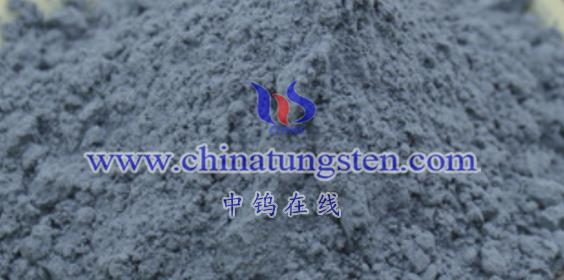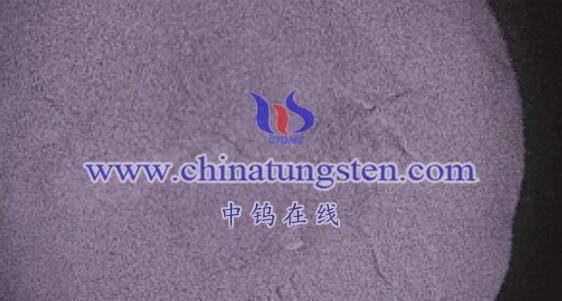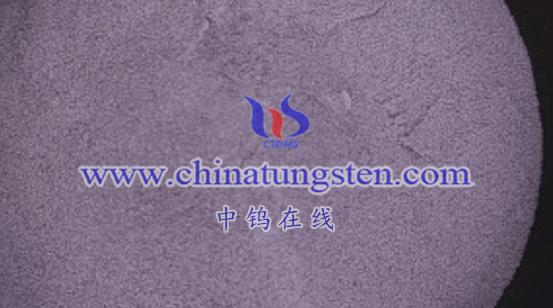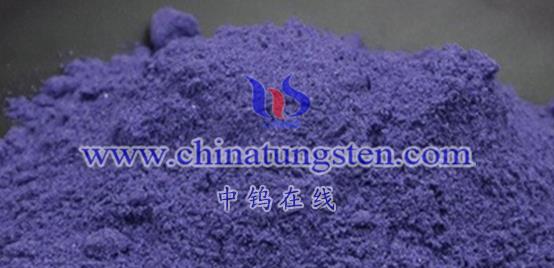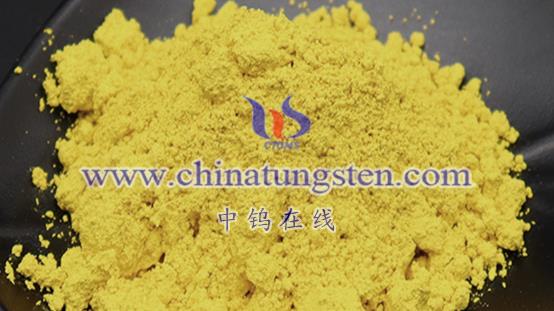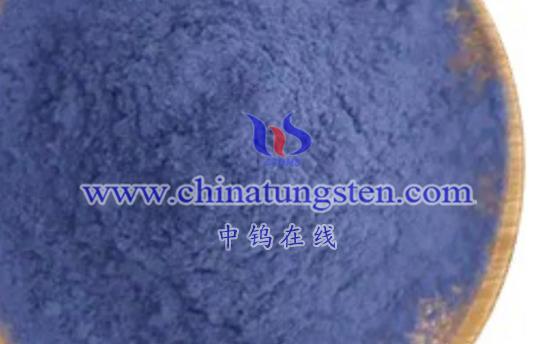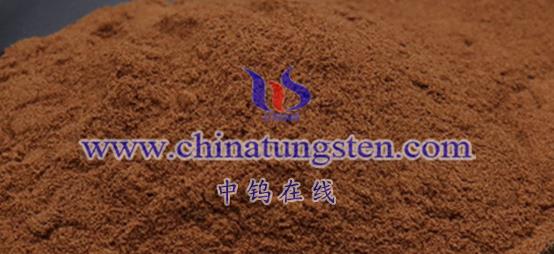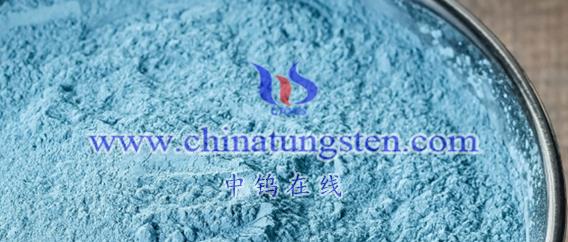
Potassium tungsten bronze (KxWO3) is an inorganic compound composed of potassium (K), tungsten (W), and oxygen (O). Its chemical formula is KxWO3, where x represents the molar fraction of potassium and ranges between 0 and 1. This compound exhibits exceptional physical and chemical properties due to its unique tunnel-like crystal structure and the specific oxidation states of tungsten atoms. Here’s a detailed overview:
- Basic Properties
- Chemical Formula
KxWO3, where x (potassium molar fraction) varies from 0 to 1. - Color and Structure
The color and crystal structure of potassium tungsten bronze change with the value of x:- At x = 0.20, the compound appears deep blue.
- At x = 0.60, it transitions to a purple color.
- Structural variations:
- Hexagonal structure when x ranges from 0.18 to 0.33.
- Tetragonal structure when x ranges from 0.40 to 0.59.
- Physical and Chemical Properties
- Near-Infrared Blocking
Potassium tungsten bronze effectively blocks near-infrared radiation, making it ideal for applications in smart windows. - Photocatalytic Activity
It acts as a photocatalyst, enabling and enhancing photochemical reactions for applications like pollutant degradation. - Electrochromism
Under an electric field, potassium tungsten bronze can change its color. This property is valuable for electrochromic materials used in displays and smart glass. - Superconductivity and Semiconductor Effects
The compound demonstrates both superconductivity and semiconductor behaviors, making it suitable for use in electronic devices and sensors.
- Production Methods
The synthesis of potassium tungsten bronze typically involves the following steps:
- Mixing Raw Materials
Potassium tungstate (K2WO4) and tungsten trioxide (WO3) powders are combined in specific ratios. - Ball Milling
The mixture is placed in a stainless steel ball mill with argon (Ar) gas to prevent oxidation. - Pressing and Cutting
The milled powder is compressed into pellets and cut into smaller pieces for further processing. - High-Temperature Sintering
The prepared pieces are loaded into quartz tubes and heated in a high-temperature furnace. After a controlled heating, holding, and cooling process, the final potassium tungsten bronze product is obtained.
- Applications
- Smart Windows
Leveraging its near-infrared blocking capability, potassium tungsten bronze is used in smart windows to regulate indoor light and temperature, improving energy efficiency. - Functional Fibers
It is used to manufacture specialized fibers with advanced properties, such as radiation resistance or antibacterial functions. - Photocatalysts
Its photocatalytic properties are valuable in environmental remediation and energy conversion. - Sensors
Its electrochromism, superconductivity, and semiconductor effects make it a suitable material for various sensors.
- Precautions
- Handle potassium tungsten bronze with care, avoiding direct contact with skin or eyes.
- The compound’s properties vary with the x value. Select an appropriate range of x for specific applications.
Conclusion
Potassium tungsten bronze is a versatile inorganic material with remarkable properties and potential applications in areas such as electronics, optics, environmental remediation, and functional materials. Ongoing research and development will likely expand its applications and improve its performance further.
More details of tungsten oxide product, please visit website: tungsten-oxide.com
Please contact CHINATUNGSTEN for inquiry and order of tungsten oxide:
Email: sales@chinatungsten.com
Tel.: 86 592 5129595
